In 1965 Andy Warhol set out to record 24 one-hour audio cassettes focused on one of his ‘superstars’, the actor known as Ondine. The recordings later became a, A Novel, a Joycean distillation of a day in the life. Four typists, two of them teenagers, transcribed the cassettes verbatim – everything they heard on their headphones, every word, cough, gurgle, screech of chair or clink of glass. In his memoir POPism, Warhol mentions ‘two little high school girls’ who typed up his recordings. ‘The typists’ mistakes are all part of the process… that’s what makes it real.’
This is the inspiration for Nicole Flattery’s blade-sharp coming-of-age debut novel, Nothing Special. The narrator is Mae, dropping out of school, seizing the chance to escape a deadeningly drab home life: alcoholic mother, a future without hope. The virginal 17-year-old takes refuge in crowds, riding the escalators at Macy’s, floating free of the real world, shoplifting, hoping to pick up men. Then she walks into Warhol’s Factory in East 47th Street – walls and ceiling glittering with foil, floor and furniture painted silver – to spend days at the keyboard, ignored, observing everything, alongside her fellow typist Shelley, a complex soul, not quite what she seems. How would it feel to be a fly on the wall in this tacky decadence without ever being part of the messy melodrama?
Their lives out of control, the pair hurtle through days, ‘as though falling from a high window’. Wages are never discussed; occasional handouts are bestowed. The girls, ‘undereducated, easily led, desperate to please’, tag along to amphetamine-fuelled parties and dread reaching the last of the tapes.
Flattery, the Irish author of a prize-winning short story collection, captures the absurdity and the pain, the texture of city streets and the squalid luxury, and brings a deadpan wit to the whole sex and drugs and Pop-art scene. Real people are scattered through the pages, and always at the centre is Warhol himself. Outside and inside the Factory, life goes on; the story moves back and forth in time. Maturity hovers. The novel’s ending is inconclusive and a bit of a tease: Mae lets slip she’s writing a novel. Now what kind of novel could that possibly be?
The true story has an astonishing coda. In November 2009, Sotheby’s put up for auction a self-portrait by Andy Warhol. The owner was a middle-aged woman from Connecticut – one of the teenage typists. Warhol had given it to her as a gesture of thanks. Forty years later it sold for $6 million – an ending too fabulously neat for fiction. No wonder Flattery didn’t use it in the novel.
Got something to add? Join the discussion and comment below.
Get 10 issues for just $10
Subscribe to The Spectator Australia today for the next 10 magazine issues, plus full online access, for just $10.
You might disagree with half of it, but you’ll enjoy reading all of it. Try your first month for free, then just $2 a week for the remainder of your first year.

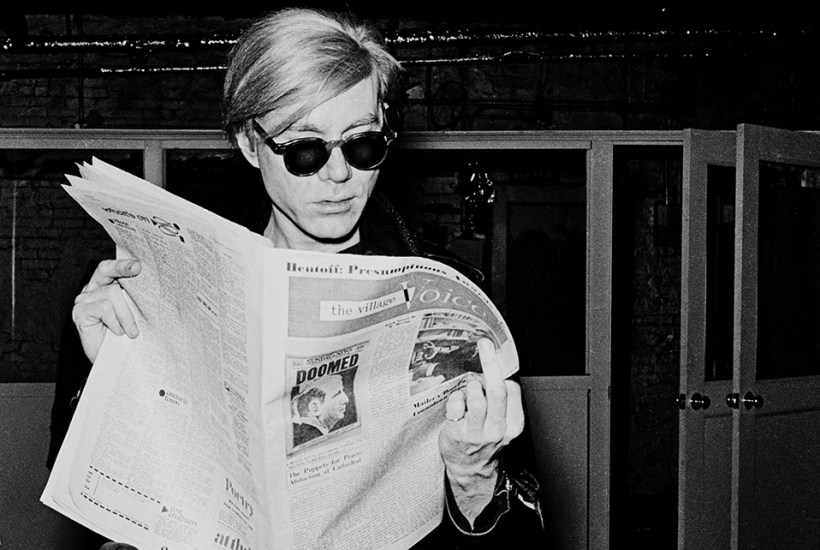

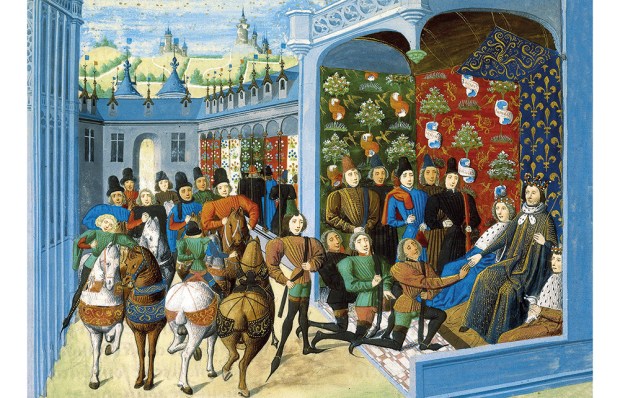
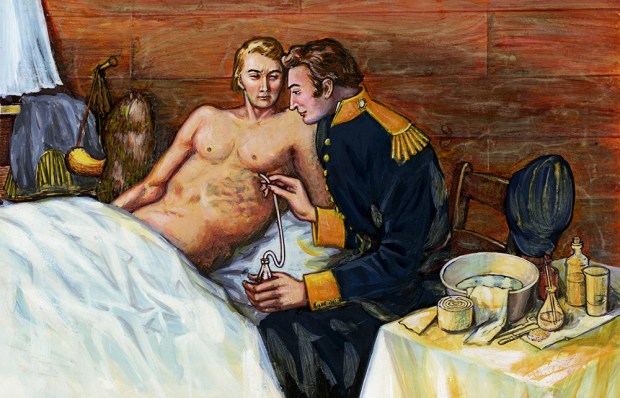
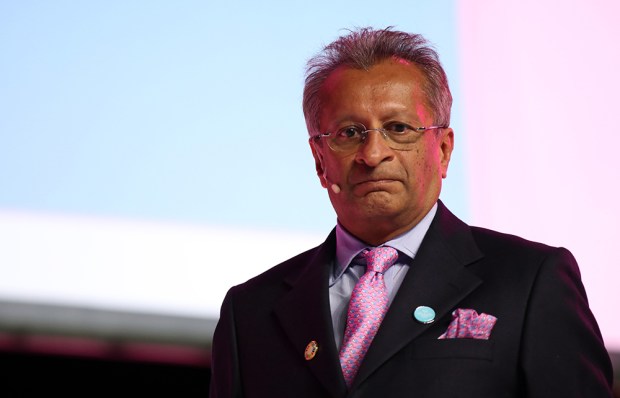
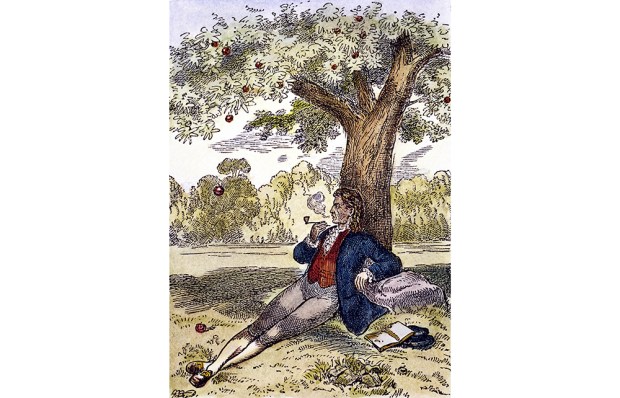
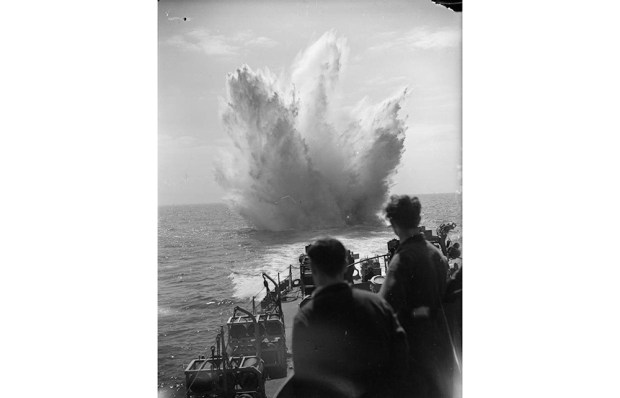






Comments
Don't miss out
Join the conversation with other Spectator Australia readers. Subscribe to leave a comment.
SUBSCRIBEAlready a subscriber? Log in